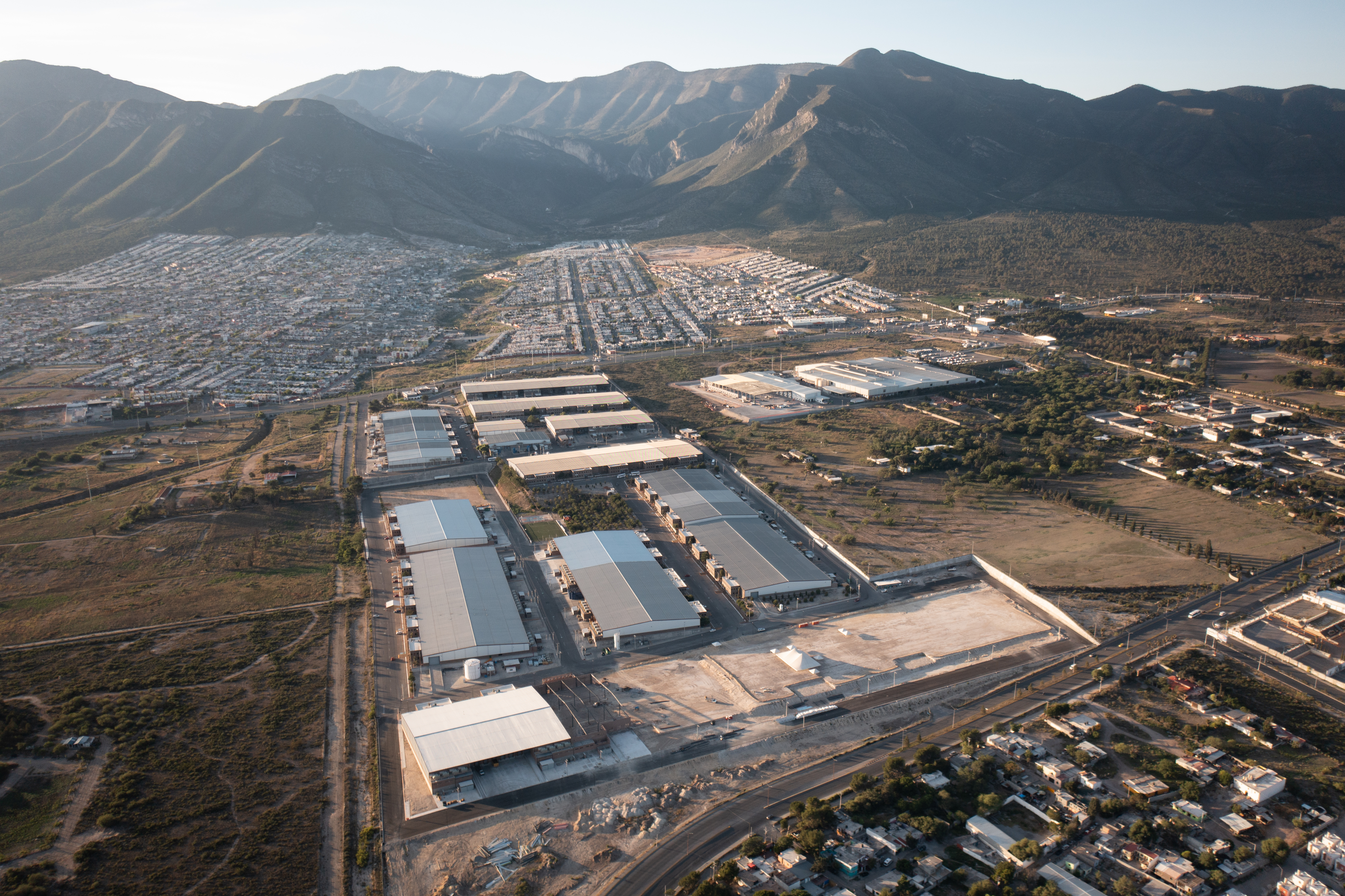Though Mexico remains the most popular destination for manufacturers to open near-shore facilities, the United States is rising in the rankings. A growing number of companies are likely to explore manufacturing in Mexico and other countries closer to their home markets.
This is information is from recent feedback gathered from the 2012 AlixPartners Nearshore Manufacturing Survey, which solicited input from more than 100 C-level and other senior manufacturing executives.
Russell Dillon is director at the Austin, Texas-based firm, which specializes in improving financial and operational performance for its clients.
Discovering that the U.S. is becoming a more attractive location to decision-makers is “the No. 1 takeaway from the survey,” Dillon notes. “Manufacturing in Mexico remains No. 1, but the U.S. closed the gap since last year.”
This year’s findings reveal that Mexico – favored by nearly 70 percent in the 2011 survey – had dropped to 50 percent. In contrast, 35 percent of executives this year cited the States as their preferred choice for near-shoring – a notable increase over last year’s 21-percent vote. (Other options, including Latin and Central American countries, were listed as distant choices.)
Additionally, half of respondents said they are likely to pursue near-shoring within the next three years – a rise from 2011, when just one-third of those polled indicated the same.
Both this and last years’ surveys posted lower freight costs and improved speed to market as the top two reasons for considering near-shoring. Lower inventory (or in-transit) cost, along with time-zone advantages, also made the list.
Some manufacturers already have taken the near-shoring leap. One is Japanese TV manufacturer Sharp, which started moving its manufacturing facilities from Asia to Mexico as a way to be closer to customers in the Americas, reduce shipping costs and heighten speed to market. Japanese auto manufacturer Honda also has confirmed it will built the Fit hatchback at its new plant in Mexico starting in the spring of 2014. And both Meco Corporation and Coach Inc. decided to shift production from China to Mexico after wages at their Chinese operations almost doubled.
The AlixPartners survey “was initially a reaction to the many questions that our clients were asking about relocating manufacturing facilities to Mexico,” Dillon explains. “The economic rationale for establishing operations in Mexico are evident, but the safety and security issue often came into question.”
And what did the survey reveal about those concerns? Dillon notes the majority of respondents are “either somewhat optimistic or neutral” on their views of safety and security in Mexico.” As a regular visitor to a Juarez plant he oversees, it seemed to him the atmosphere was “business as usual,” but he also has asked plant management for local insight. “I got the feeling that, sure, there are places you don’t go at certain times of day,” he says, “but that’s the case anywhere in the world.”
“At the end of the day, there’s going to be times when Mexico is a fit for U.S. demand,” the AlixPartners director concludes. “In other circumstances, a U.S. location makes sense to fulfill U.S. demand.”
Subscribe
Sign up and stay informed with tips, updates, and best practices for manufacturing in Mexico.



.jpg)

